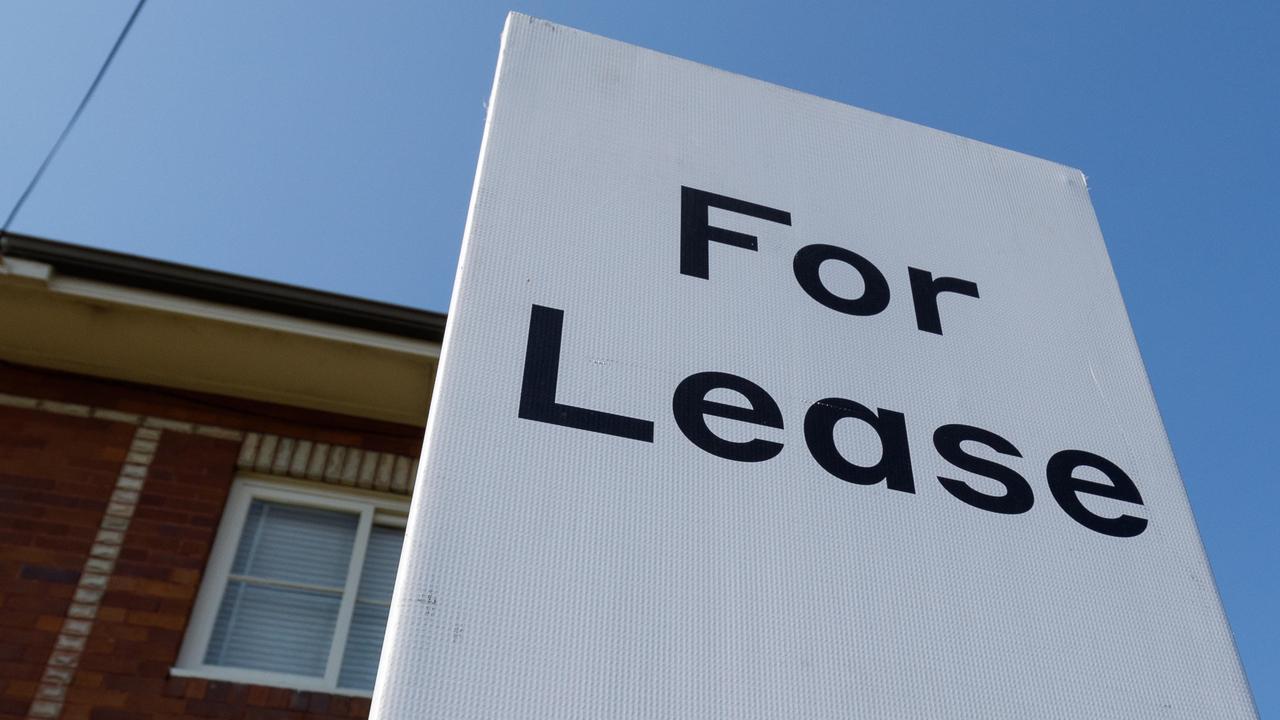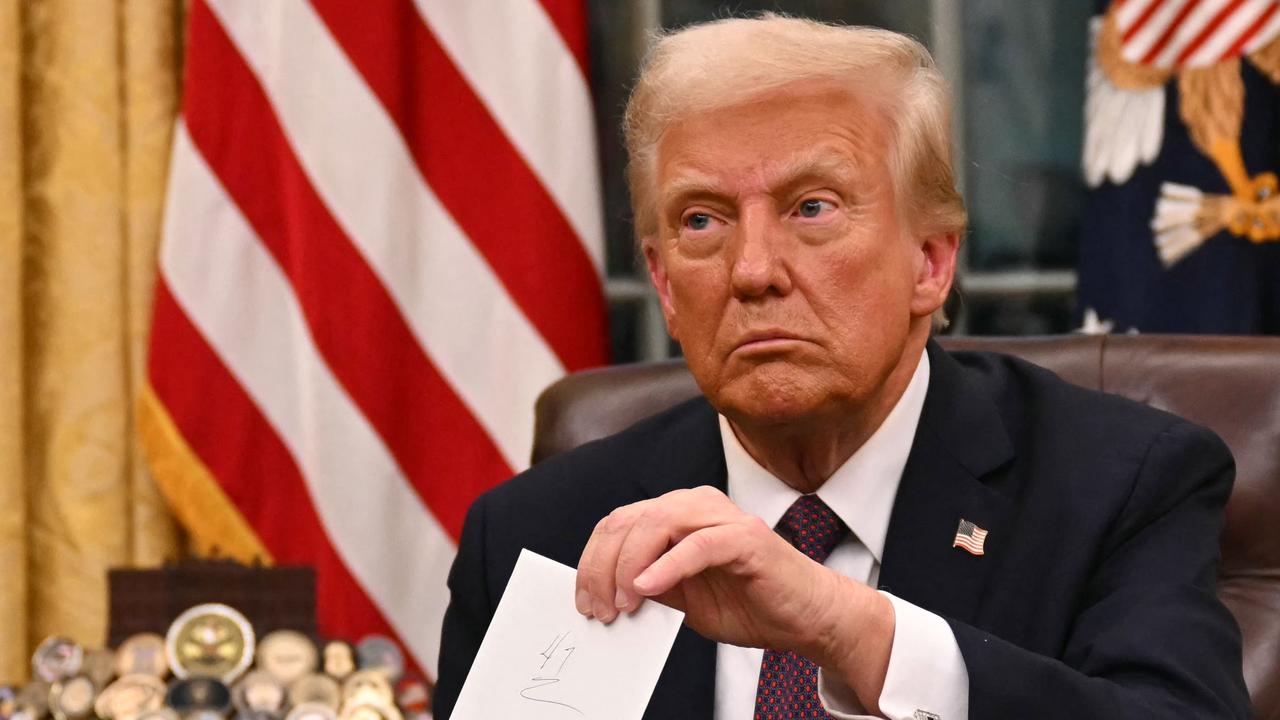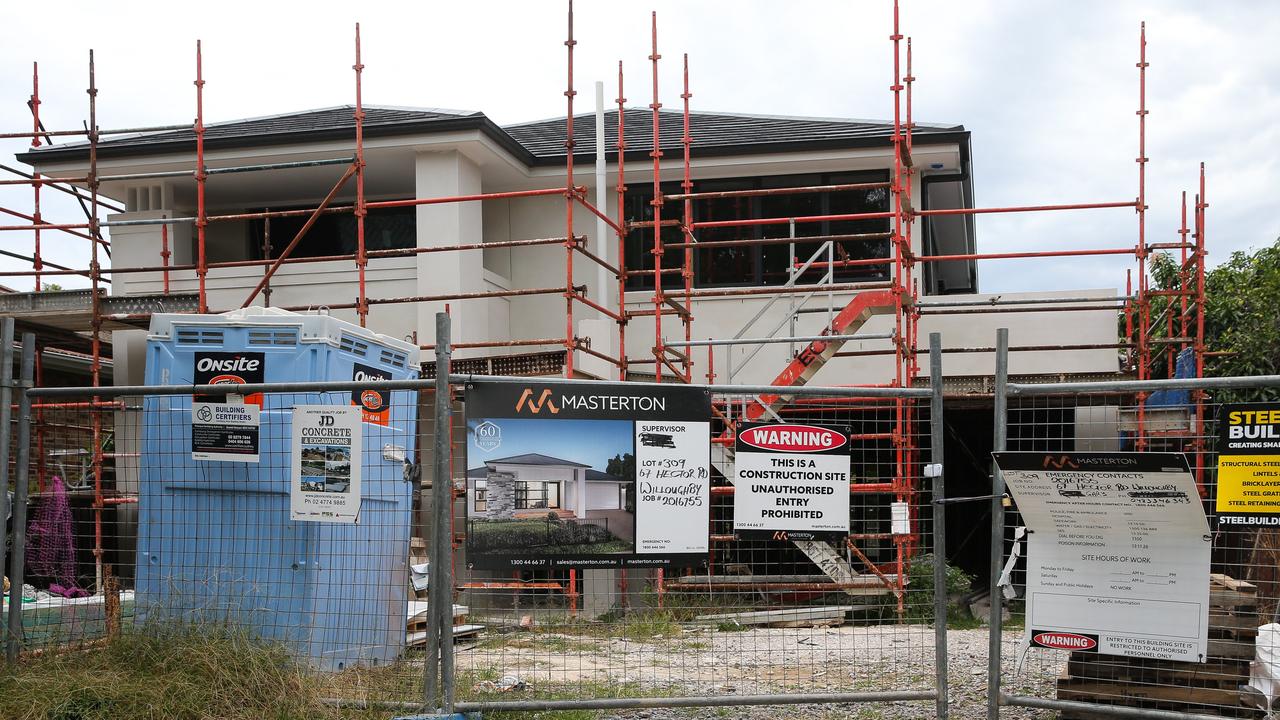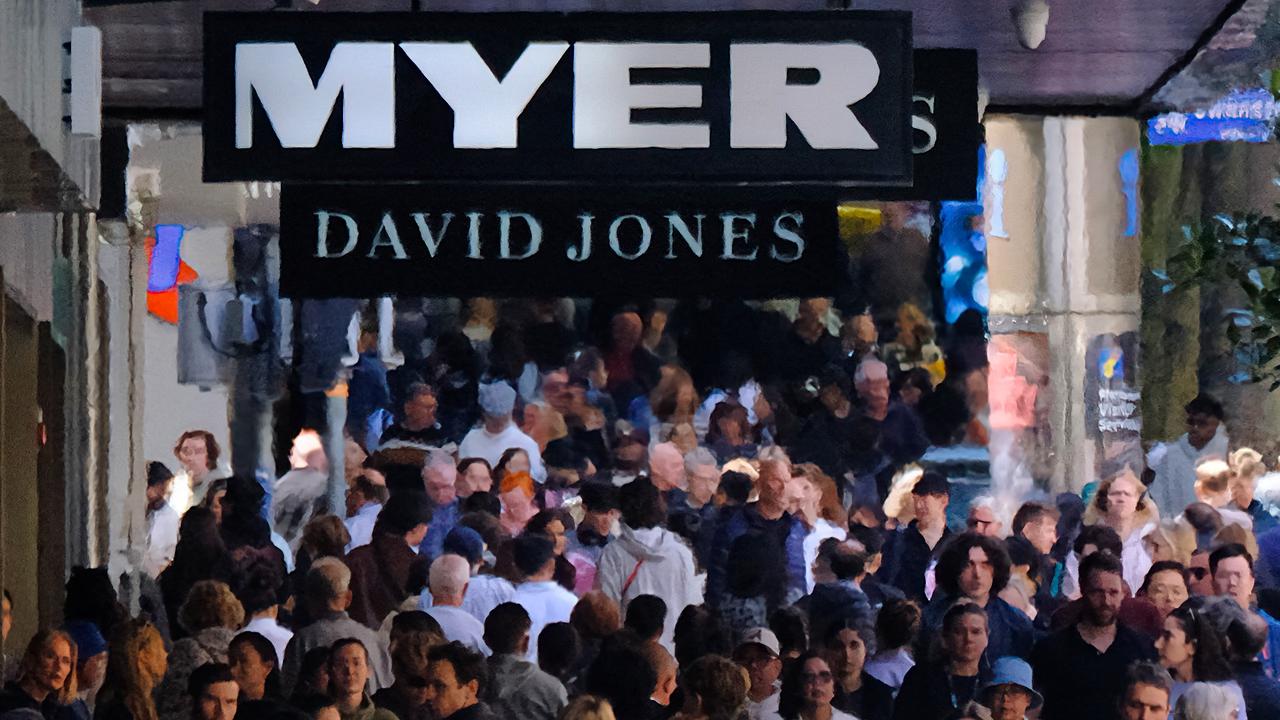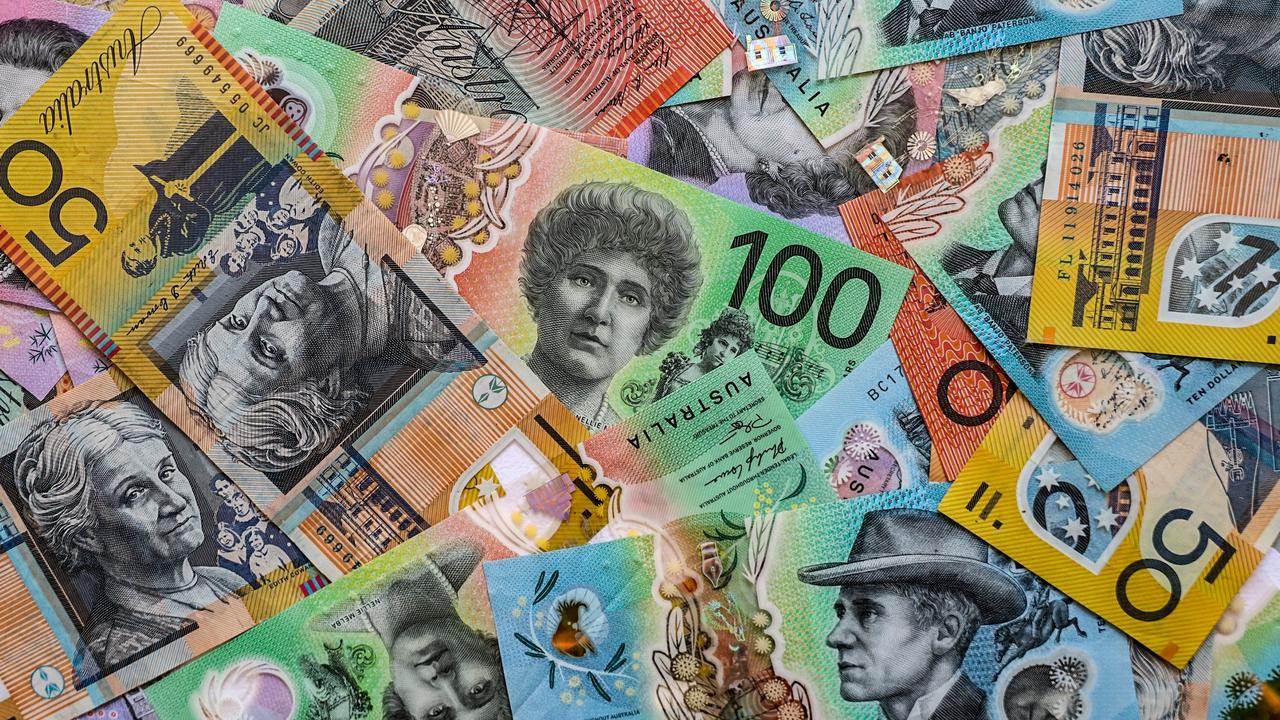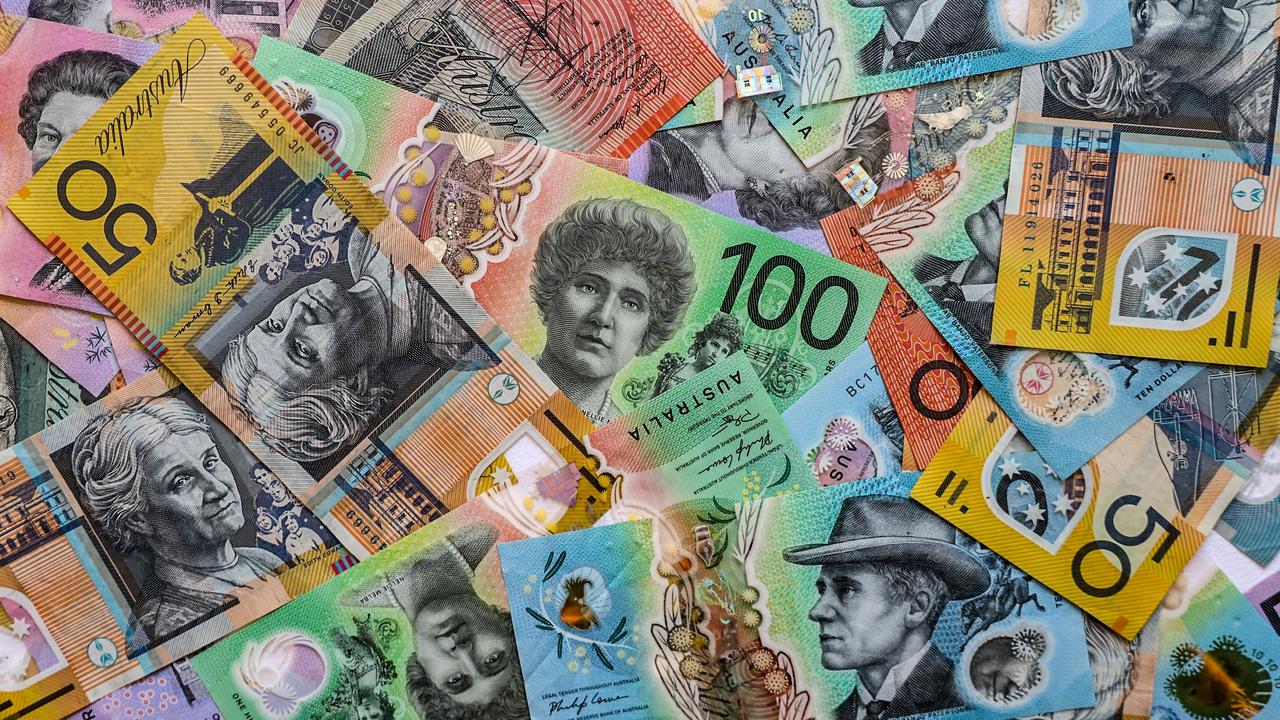Hidden message behind RBA statement after interest rates held
While the RBA has paused interest rate hikes this month, three “hawkish” words could help borrowers see what’s really in store for the future.
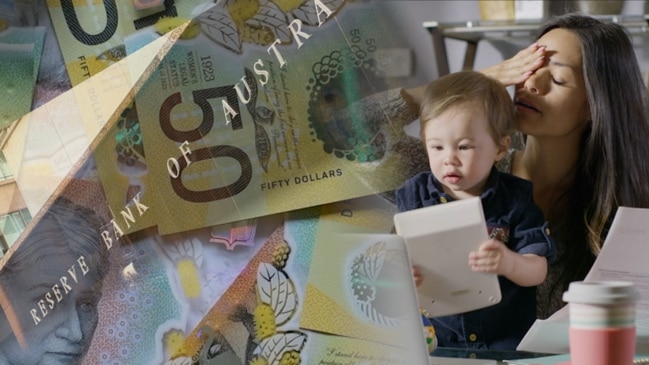
Interest Rates
Don't miss out on the headlines from Interest Rates. Followed categories will be added to My News.
ANALYSIS
The business of financial markets is always a game of three-dimensional chess.
Prices discount the future so they are assumptions.
To make sense of them, you often must ignore what is in front of your face.
It is the same with monetary policy. The Reserve Bank of Australia sets interest rates knowing that its actions will help determine whether it must reset them later.
The same applies to its language, which plays a key role in setting the assumptions determining prices in financial markets.
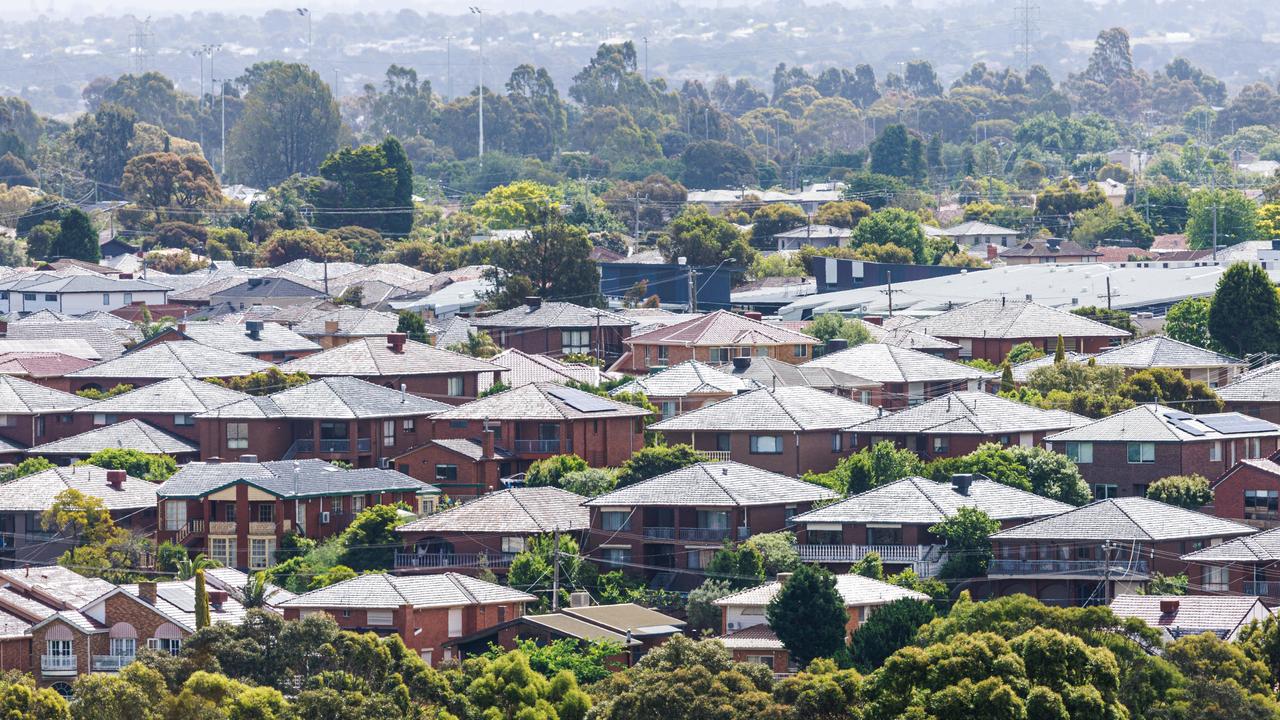
Birds of a feather flock apart
Sometimes this leads to some strange and descriptive language in itself. Interest rates can fall, which is “dovish”. But the language used might hint that there are no further cuts. So the reduction becomes a “hawkish cut”.
Likewise, interest rates may rise but the language used by the central bank suggests no more to come. This is a “dovish hike”.
More pertinent to today, a central bank can hold rates while still hinting at either hikes or cuts to come. This is a “dovish” or ”hawkish” hold.
The RBA’s July meeting delivered a “hawkish hold” that sends two clear messages.
The first is that the economy is slowing sufficiently, and inflation is falling fast. This, we already know, but it is important that the RBA knows it too.
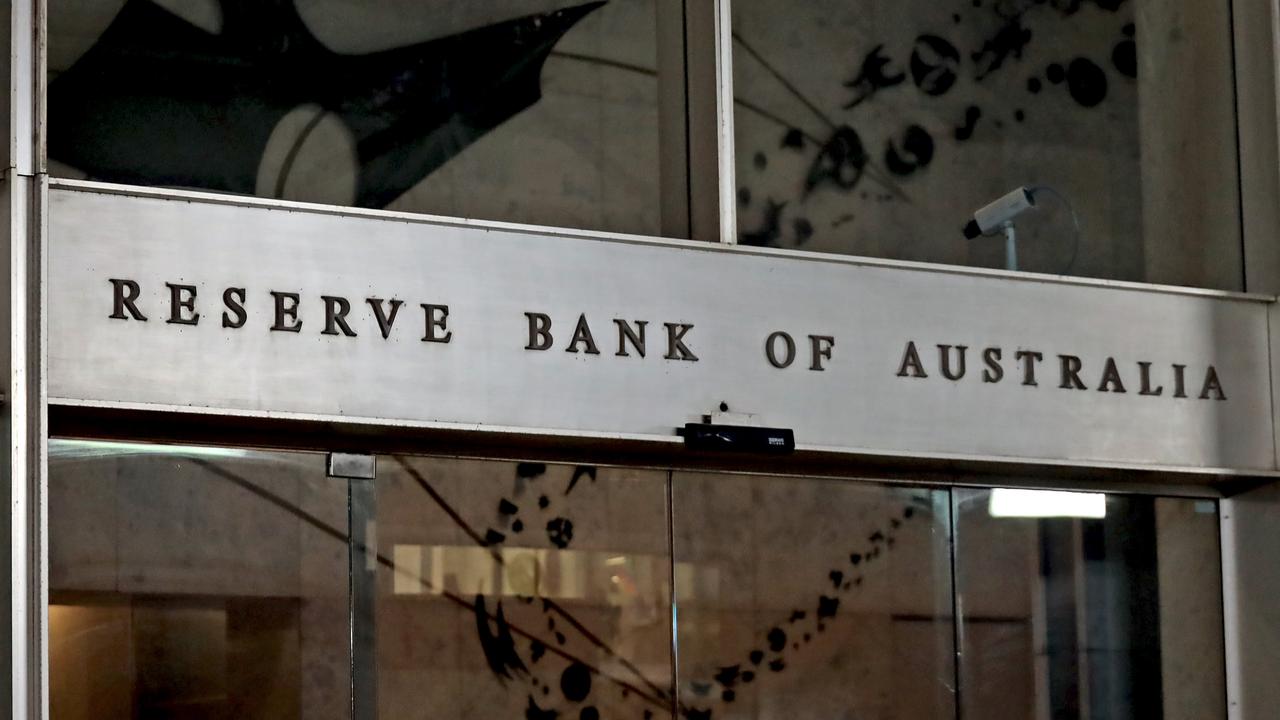
“Interest rates have been increased by 4 percentage points since May last year. The higher interest rates are working to establish a more sustainable balance between supply and demand in the economy and will continue to do so,” RBA Governor Philip Lowe said in a statement.
“In light of this and the uncertainty surrounding the economic outlook, the Board decided to hold interest rates steady this month.”
All things being equal, the central bank will not lift rates again.
But this is where we come to the “hawkish” part. The RBA knows that holding is potentially encouraging a relief rally in the economy.
So it used “hawkish” language to apply psychological pressure to stop this before it happens.
“Some further tightening of monetary policy may be required to ensure that inflation returns to target in a reasonable time frame, but that will depend upon how the economy and inflation evolve,” Dr Lowe said.
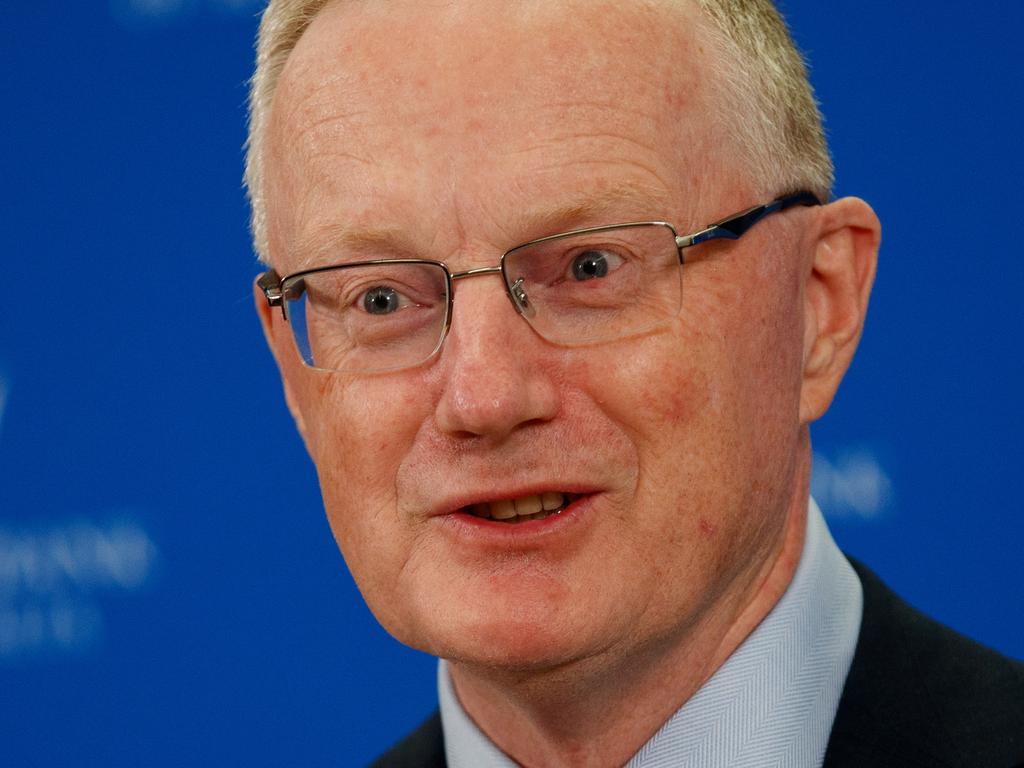
Over to you, folks
A “hawkish hold” is the RBA handing you the decision of whether or not interest rates are going higher. It thinks that monetary policy is tight enough to do the job.
That makes sense given it estimates that the equilibrium interest rate, at which supply and demand are in balance, is around 2.5 per cent.
It thinks monetary policy is already very tight and will suppress enough activity to drop inflation.
But, if you take the RBA’s lead in pausing rate hikes to mean that it’s time to rush out and buy a house or large household item, then the bank will be forced higher again.
It‘s your move in the three-dimensional chess game, folks.
Originally published as Hidden message behind RBA statement after interest rates held



